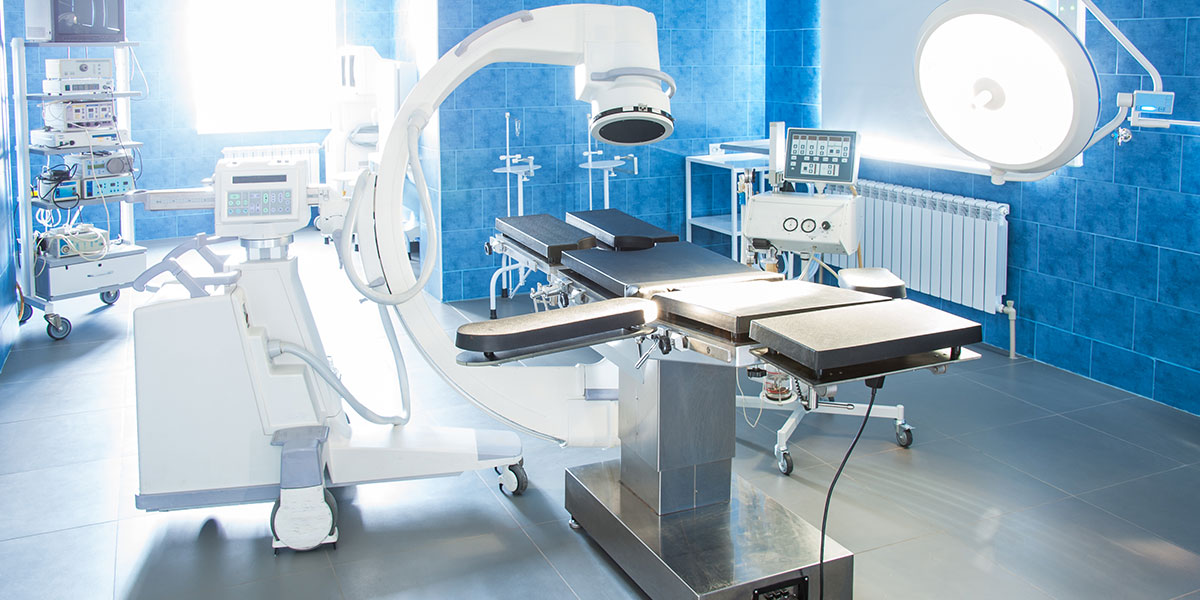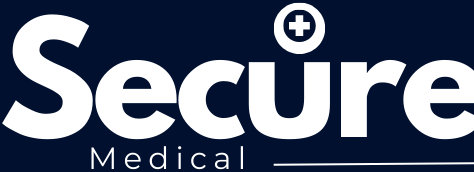Ensuring the quality and safety of healthcare equipment is paramount to protect patient well-being and maintain the integrity of medical practices. Quality assurance measures include:
- Regulatory Standards: Compliance with FDA regulations and ISO certifications guarantees the safety and efficacy of healthcare equipment.
- Testing Procedures: Rigorous testing protocols assess the performance and reliability of devices before they are deployed in clinical settings.
- Quality Control Measures: Ongoing monitoring and maintenance protocols ensure that healthcare equipment functions optimally throughout its lifecycle.
V. Factors Influencing Healthcare Equipment Purchases
Several factors influence the procurement of healthcare equipment, including:
- Cost Considerations: Healthcare facilities must balance the initial investment cost of equipment with long-term maintenance expenses.
- Compatibility: Equipment must be compatible with existing systems and infrastructure to ensure seamless integration and interoperability.
- User-Friendliness: Intuitive design and comprehensive training programs are essential to ensure that healthcare staff can effectively operate and maintain equipment.
VI. Challenges in Healthcare Equipment Procurement
Despite the benefits of modern healthcare equipment, healthcare providers face several challenges in procuring and maintaining these devices, including:
- Budget Constraints: Limited financial resources may hinder healthcare facilities’ ability to invest in state-of-the-art equipment.
- Technological Obsolescence: Rapid advancements in technology result in the rapid obsolescence of existing equipment, necessitating frequent upgrades.
- Regulatory Compliance: Changing regulations and legal requirements add complexity to the procurement process and may delay equipment acquisition.
VII. Future Trends in Healthcare Equipment
The future of healthcare equipment is characterized by cutting-edge technologies and innovative solutions that enhance patient care and improve clinical outcomes. Key trends include:
- Personalized Medicine Devices: Genetic testing equipment and targeted therapy devices enable tailored treatment approaches based on individual patient characteristics.
- Artificial Intelligence Integration: AI-powered analytics and decision support systems enhance diagnostic accuracy and treatment planning, optimizing patient care.
- Remote Monitoring Solutions: IoT-enabled devices and cloud-based platforms facilitate remote patient monitoring, enabling proactive healthcare management and early intervention.

VIII. Impact of Healthcare Equipment on Patient Care
The adoption of advanced healthcare equipment has a profound impact on patient care, including:
- Improved Diagnosis and Treatment: High-resolution imaging devices and diagnostic tools enable healthcare professionals to accurately diagnose medical conditions and develop effective treatment plans.
- Enhanced Patient Comfort and Safety: Patient-centric design features and safety protocols ensure that healthcare equipment prioritizes patient comfort and minimizes the risk of adverse events.
- Faster Recovery Times: Therapeutic equipment such as rehabilitation devices and life support systems expedite patient recovery, leading to shorter hospital stays and improved quality of life.
- Reduced Healthcare Costs: Efficient healthcare equipment reduces the need for invasive procedures and hospital readmissions, resulting in cost savings for both patients and healthcare providers.
IX. Case Studies: Successful Implementation of Healthcare Equipment
Real-world examples illustrate the successful implementation of healthcare equipment in various medical settings:
- Hospital X: By investing in state-of-the-art imaging equipment, Hospital X improved diagnostic accuracy and patient outcomes, becoming a regional leader in medical imaging services.
- Clinic Y: Utilizing telemedicine platforms for remote consultations, Clinic Y expanded access to healthcare services in underserved rural communities, reducing travel time and improving patient satisfaction.
- Rehabilitation Center Z: Introducing advanced robotic therapy devices, Rehabilitation Center Z achieved remarkable results in patient rehabilitation, enabling individuals with disabilities to regain independence and mobility.
X. Addressing Healthcare Disparities through Accessible Equipment
Access to healthcare equipment is essential for addressing disparities in healthcare access and outcomes. Initiatives to promote accessible equipment include:
- Bringing Healthcare Services to Underserved Communities: Mobile healthcare units and community outreach programs deliver essential medical services to remote and marginalized populations.
- Affordable Solutions for Developing Regions: Low-cost, portable healthcare equipment tailored to the needs of developing regions improves access to primary care and emergency services.
- Mobile Healthcare Units and Telehealth Initiatives: Telemedicine platforms and mobile clinics leverage technology to bridge geographical barriers and provide timely medical care to individuals in remote areas.
XI. Sustainable Practices in Healthcare Equipment Management
Promoting sustainability in healthcare equipment management is essential for minimizing environmental impact and conserving resources. Sustainable practices include:
- Recycling and Repurposing: Recycling programs and equipment donation initiatives extend the lifecycle of healthcare equipment, reducing waste and promoting resource conservation.
- Upcycling Materials: Reusing materials from old equipment for the production of new devices minimizes the environmental footprint of healthcare equipment manufacturing.
- Green Initiatives: Implementing energy-efficient designs and eco-friendly materials in healthcare equipment production reduces carbon emissions and promotes environmental stewardship.
XII. The Role of Healthcare Equipment Manufacturers and Suppliers
Healthcare equipment manufacturers and suppliers play a crucial role in advancing medical technology and supporting healthcare providers. Key responsibilities include:
- Research and Development Efforts: Investing in research and development to drive innovation and bring cutting-edge healthcare equipment to market.
- Customer Support and Service: Providing comprehensive customer support, training, and maintenance services to ensure the optimal performance of healthcare equipment.
- Collaboration with Healthcare Providers: Collaborating with healthcare providers to understand their needs and preferences, and develop tailored solutions that enhance patient care and operational efficiency.

